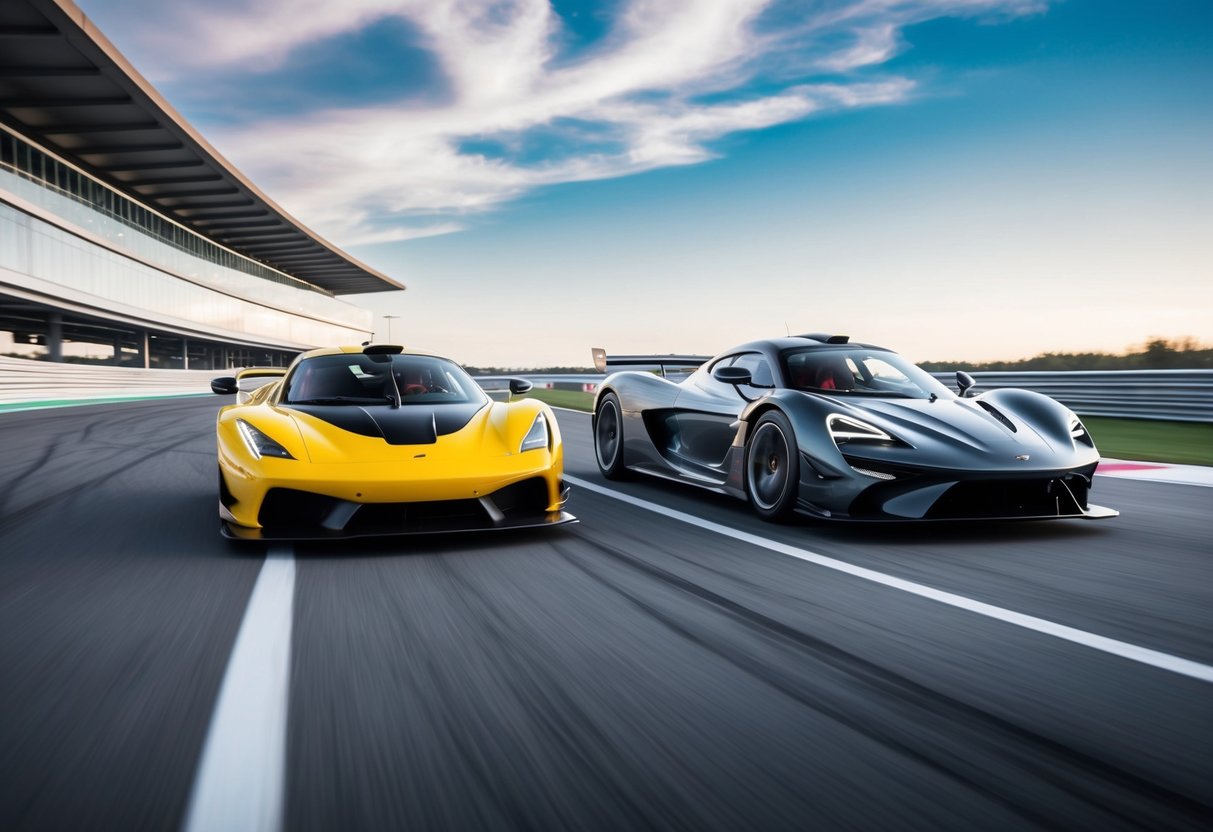
The Role of Hypercars and Supercars in Automotive Evolution
Hypercars and supercars play a significant role in shaping the automotive industry. Their contributions extend from influencing technological advancements to introducing innovative designs, setting new performance benchmarks. The distinctions and interactions between these two classes create a dynamic force driving progress.
Influencers of Progress
Hypercars often serve as a testing ground for cutting-edge technologies. Manufacturers use these vehicles to experiment with new materials and systems. This allows advancements like carbon fiber construction and hybrid powertrains to eventually trickle down into more mainstream vehicles. Supercars also contribute by continually pushing the boundaries of speed and performance within slightly more accessible frameworks.
The impact of these vehicles on the industry is profound. They foster a culture of perpetual innovation, inspiring engineers and designers to rethink traditional patterns. They help redefine what is conceivable in automotive performance, raising the bar for all types of vehicles. This relentless pursuit of progress establishes them as pivotal players in the automotive evolution narrative.
Shared Technologies and Innovations
Both hypercars and supercars share technology with broader automotive lines. Turbocharging, active aerodynamics, and advanced braking systems often debut in these high-performance vehicles before migrating to other segments. As automotive advancements continue, features originally exclusive to these cars become standard in more affordable models.
Their influence is evident in the gradual adoption of hybrid and electric technologies across the industry. Initially featured in hypercar designs, these elements illustrate their role as incubators of innovation. This trend demonstrates their importance in guiding the industry towards more sustainable and efficient solutions.
Future Trends and Sustainability
Hypercars and supercars are evolving to meet both market demands and environmental challenges. Focus is shifting to sustainable practices, with innovations that enhance performance while minimizing environmental impact.
Adapting to Environmental Pressures
Manufacturers are introducing electric vehicles to the hypercar and supercar segments. This transition seeks to combine high performance with fuel efficiency. The use of alternative energy sources, such as hybrid systems, is becoming more common. By leveraging innovative technologies, these vehicles aim to deliver speed and power with reduced emissions.
Attention to fuel efficiency is more critical as regulations tighten. Efficient engines and lighter materials are at the forefront of new designs. Companies are investing heavily in research to make sure their cars are not only fast but environmentally responsible.
The Road Ahead
The future of hypercars and supercars sees more integration of advanced electric drivetrains that rival the traditional combustion engine. Innovation will continue to drive the development, focusing on maximizing performance while adhering to sustainability guidelines.
As technology evolves, the goals include not only superior performance and prestige but also reducing the carbon footprint. Innovations such as rapid charging, longer driving ranges, and more sustainable manufacturing processes could redefine these vehicles. Automakers continue to test futuristic concepts, aiming to blend speed, luxury, and sustainability without compromise.



